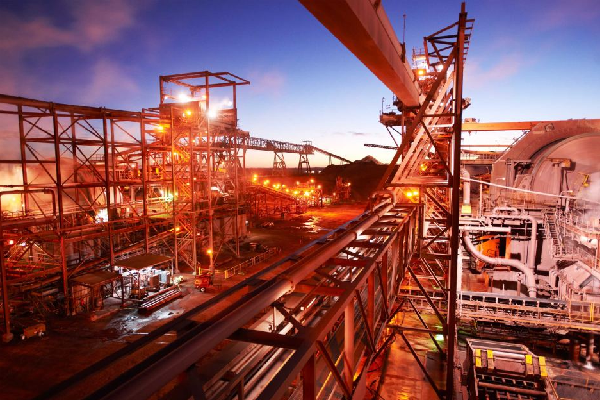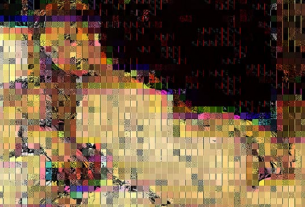Most of the technologies that support our modern high-tech lifestyles contain elements that most of us have never heard of. Some may have heard of lithium or cobalt, which are essential to make advanced batteries, but elements such as indium, which is used in smart phones, neodymium, which is an essential part of wind turbines, and praseodymiun, which is an important alloy in jet engines, are generally the domain of boffins in white coats.
Aside from idiosyncratic names and obscure uses, many of these elements share another characteristic: they are essential to our modern lifestyle but they have very restricted or unreliable source, in some cases from politically unstable parts of the world. Because of these characteristics, some of these elements are known as critical commodities, and assurance of their supply is a high priority of economies with important high-tech industries.
As part of continuing investigations into critical commodities, Geoscience Australia, together with University of Western Australia’s Centre for Exploration Targeting, has released new analysis looking at Australia’s potential for critical commodities: Critical commodities in Australia – an assessment of extraction potential from ores.
Critical commodities include rare-earth elements, platinum group elements, and elements such as lithium, cobalt, tungsten, tin, tantalum, gallium and many others. Geoscience Australia’s analysis addresses gaps in knowledge across three key areas: providing new data on the concentration of critical commodities in ores and concentrates; providing information about existing and possible future processes to recover critical commodities; and a better understanding of the global markets for critical commodities.
The new data tells a surprising story about critical commodities in Australia; that is some Australian ores have high concentrations of critical commodities. However, while many critical commodities are enriched in different types of Australian ores, only some are extracted and produced. So despite their existence, Australia is yet to fully realise the additional value of its mining sector.
Better information about our critical commodities resource base is important for the resources industry not only to highlight Australia’s potential, but to draw attention to the technological and economic impediments preventing this potential from being realised. From there, industry, academia and government can focus research and development efforts in overcoming these challenges, to develop the knowledge and techniques to produce critical commodities from Australia’s existing mines. The ga.gov.au and data.gov.au government websites supply data on this.
The high-tech economies of Europe, north-eastern Asia and North America are eager to secure a reliable supply of critical commodities, many of which are essential for production in their major industries, such as the car, tech and defence industries. So while Australia is not a major consumer of critical commodities, knowing the presence, tenor and metallurgy of these resources positions Australia to potentially become a ‘safe supplier’ for overseas customers in the future. And given demand for certain commodities shifts rapidly based on technology changes, understanding our resources potential will create opportunities to exploit future demand trends.
This innovative body of research builds on a report published by Geoscience Australia in 2013 and goes to the heart of the organisation’s role as the Government’s geoscience adviser, which is to increase our knowledge of the resource base of Australia. Both now and into the future, Geoscience Australia will continue to collaborate with experts across academia and industry to examine issues that affect the lives of Australians.



